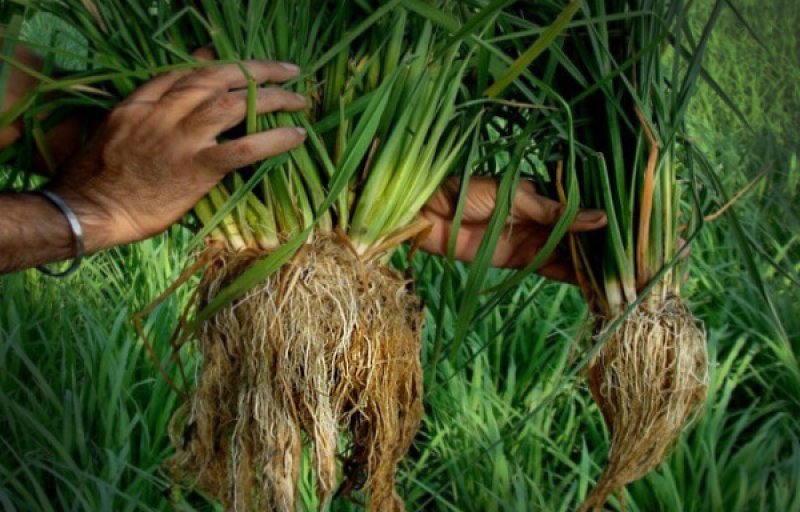Rooted in place, plants can’t run away from arsenic-tainted soil — but they’re far from helpless. Scientists have identified enzymes that help rice plant roots tame arsenic, converting it into a form that can be pushed back into the soil. That leaves less of the toxic element to spread into the plants’ grains, where it can pose a health risk to humans….
Since arsenic occurs naturally in soil, understanding the genetic basis for plants’ natural defense mechanisms might help researchers engineer plants that take in less arsenic, said Mary Lou Guerinot, a biologist at Dartmouth College.
[Biologist David] Salt’s team [at the University of Nottingham in England] found that rice plants without working genes for enzymes called HAC1;1 and HAC1;2 couldn’t turn arsenate into arsenite. So more arsenate accumulated in the plants’ shoots. When the scientists made HAC1;1 and HAC1;2 genes in other rice plants produce more of the enzymes than usual, grains from those plants had lower concentrations of any form of arsenic.…
Converting one form of toxic element to another limits health dangers.
Plants make HAC1 enzymes in the outer cells of their roots, where the enzymes help the root cells rid themselves of arsenic.
The GLP aggregated and excerpted this blog/article to reflect the diversity of news, opinion, and analysis. Read full, original post: Enzymes aid rice plants’ arsenic defenses































